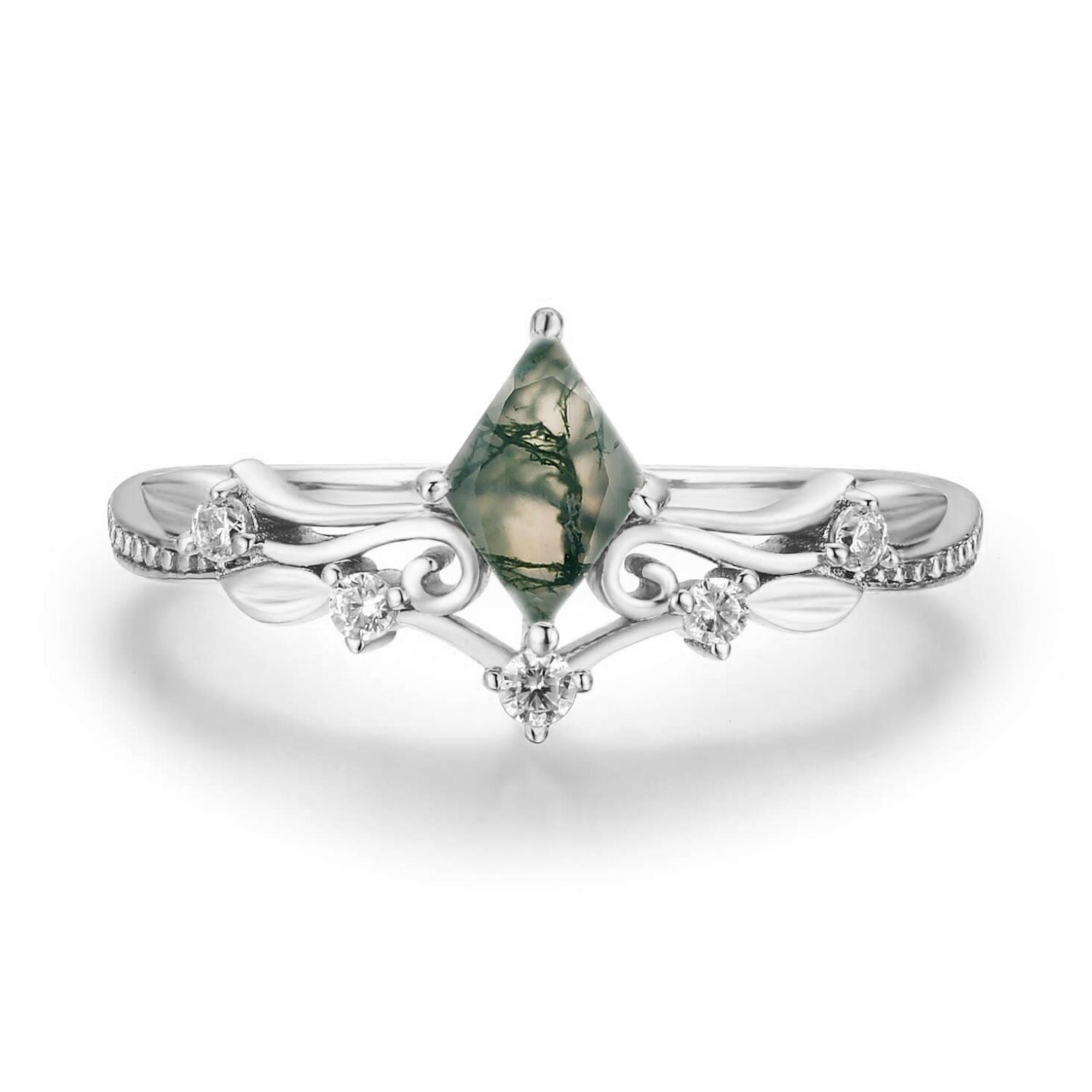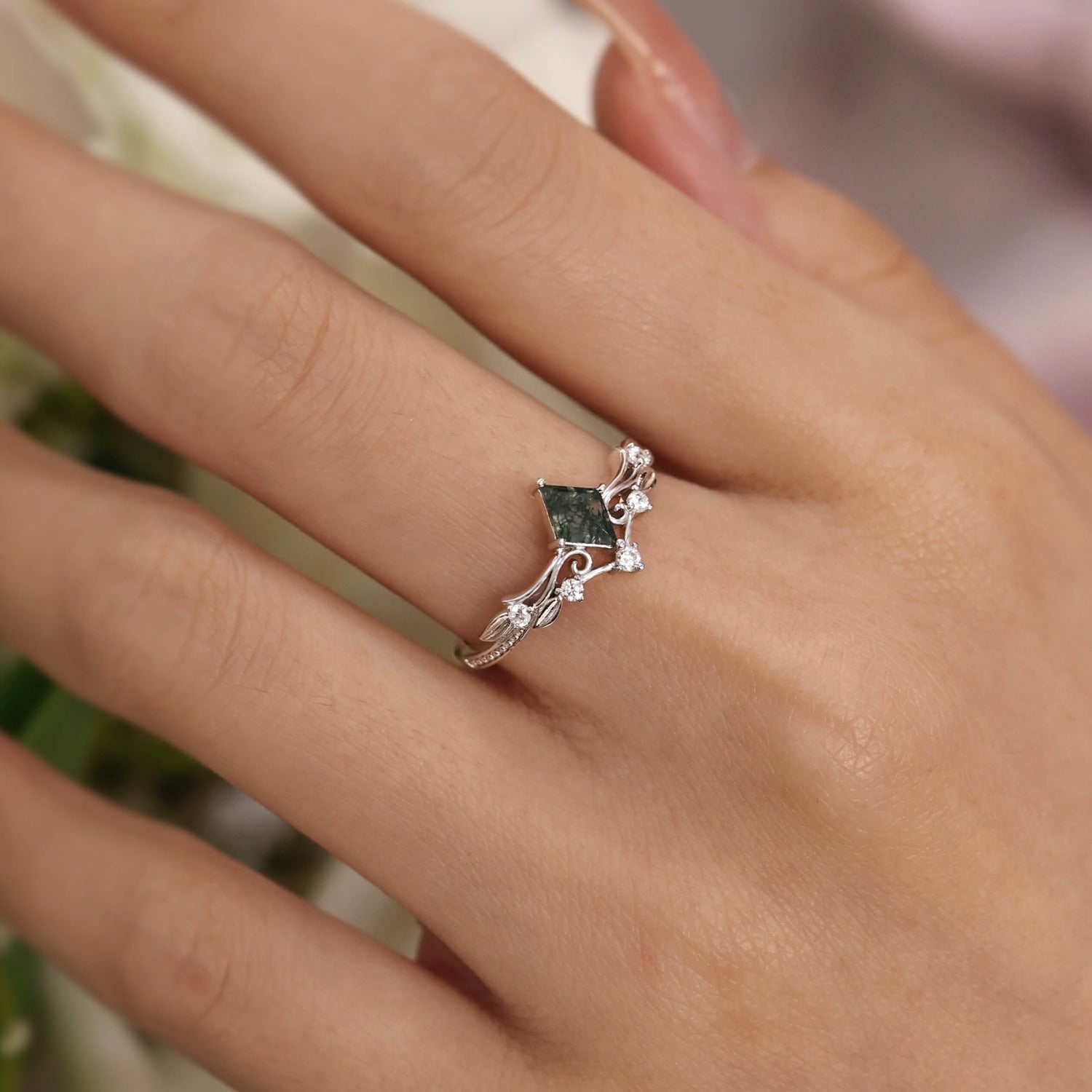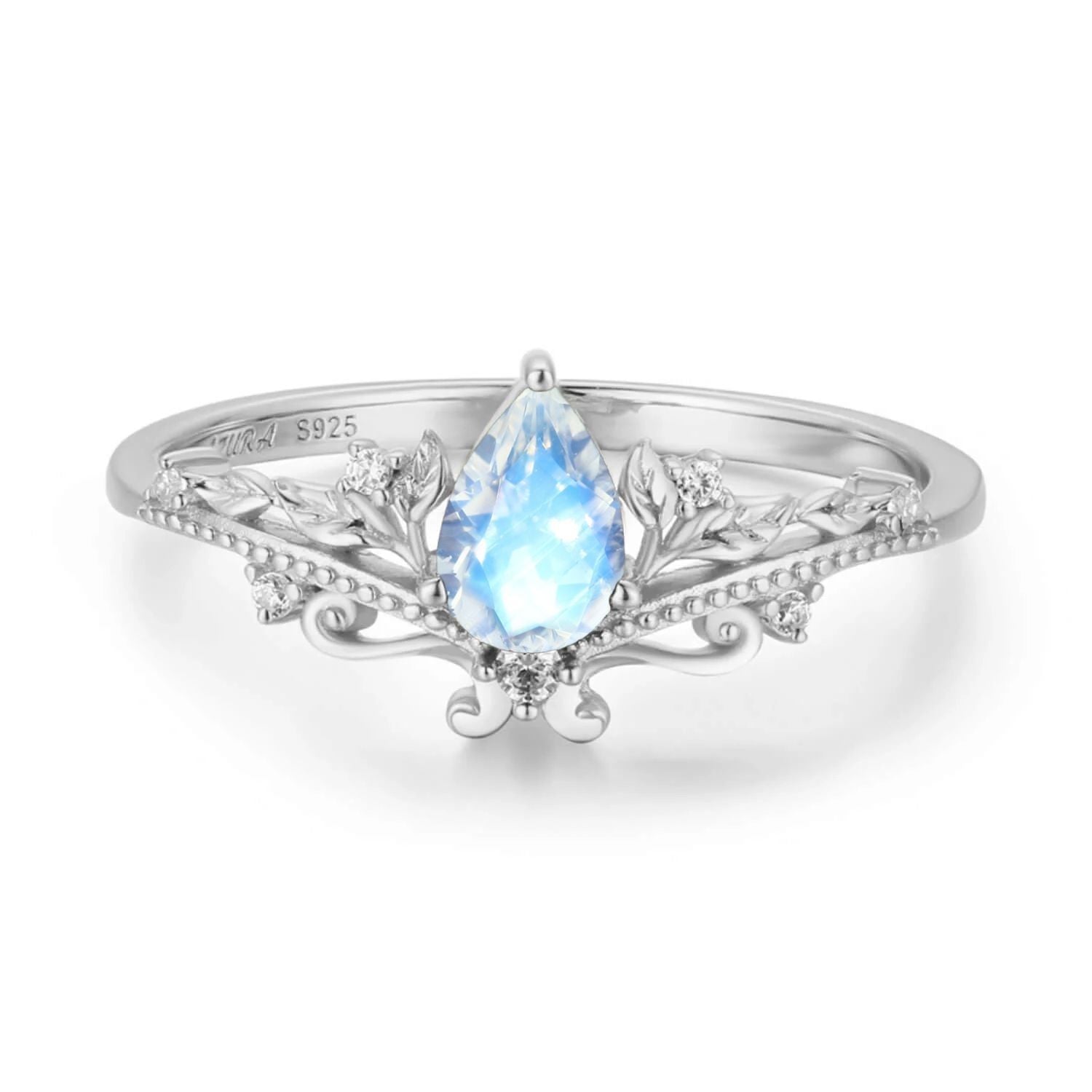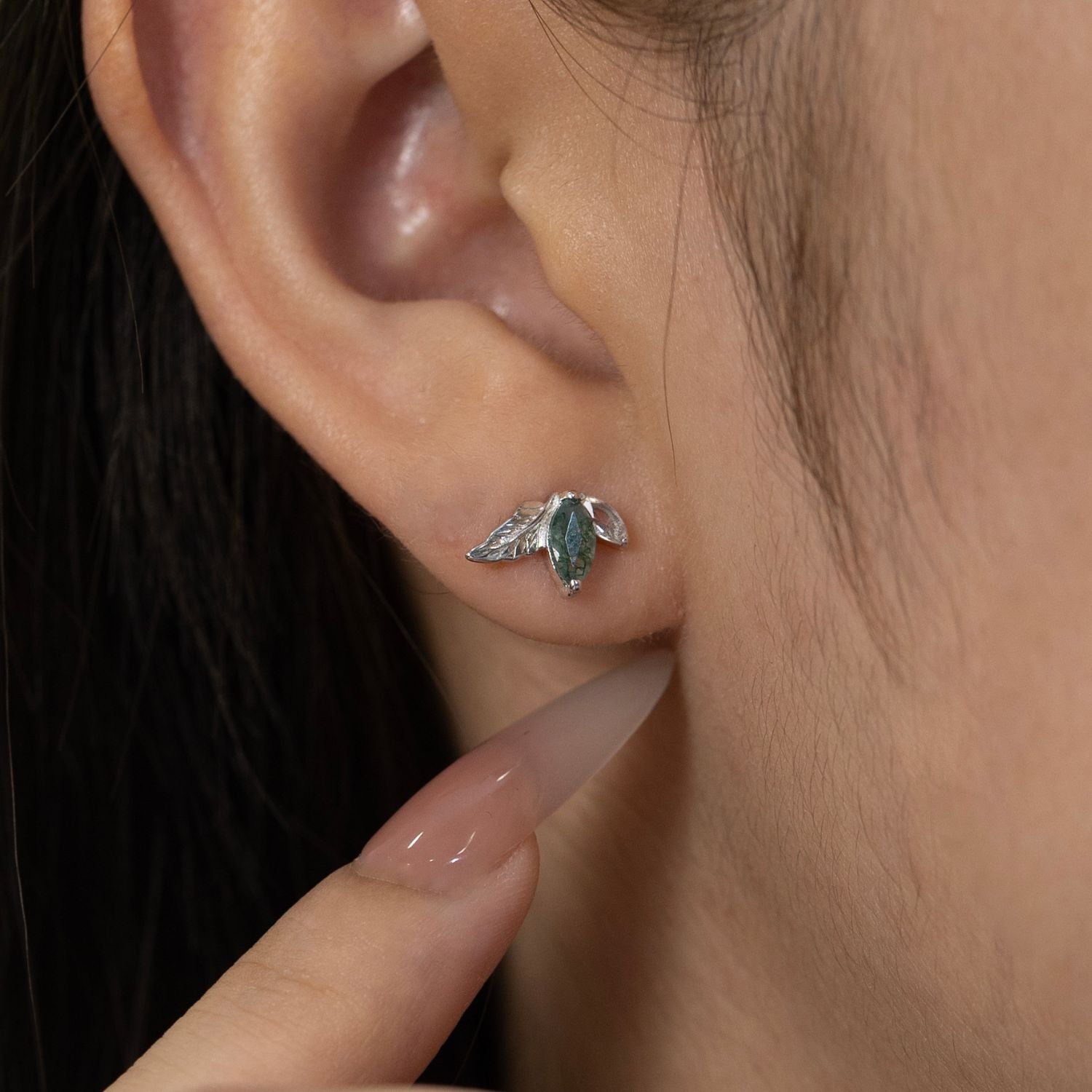Gold always lends enchantment to the view when it comes to enhancing your beauty. This is why it has always had a place in the fashion industry for ages.
It’s important to put a few things into consideration when purchasing gold jewelry. Decisive factors like the durability of your gold jewelry.
Have you ever wondered why your “solid” gold jewelry has a dent in its appearance?
This is simply because each level of gold purity offers its range of advantages and disadvantages, from hardness and durability to the risk of certain levels of gold purity contributing to skin irritation.
Our wild bet is that your trinket has its fair share of gold jewelry, ranging from 10k to 18k gold jewelry, but you want to have a grasp of its worth.
Then, you are bound to have in-depth knowledge before making any further purchase of a gold ring or gold jewelry.
It is important to know what exactly a karat means? And what’s the difference between each one? Answers you will find in this article.
What is Karat?
A karat is a measurement of the superiority or purity of a piece of gold. The karat system measures the ratio of pure gold to other alloys in a piece of gold jewelry. That is, the greater the amount of pure gold in a gold ring or other piece of jewelry, the higher the purity level.
Therefore, it’s safe to say that a piece of gold with 24-karat gold is 99.9% pure gold. This means 24 out of 24 parts of the metal are gold. This article would dissect the distinctive traits between 10k, 14k, and 18karat gold.

10K GOLD: AN AFFORDABLE OPTION
10 karat gold consists of 41.7% gold and 58.3% alloy, or 10 out of 24 parts gold. 10k gold is the most durable form of gold commonly used in jewelry making. This is the lowest purity of gold that can be legally marketed as “gold” in most countries
At Azura Jewelry, we sell 10k solid gold engagement rings and jewelry as an affordable option. Our jewelry does not oxidize or discolor. It scratches less and doesn't wear out as easily, making your jewelry a perfect everyday piece.
10k gold has a paler appearance than its 14k or 18k counterparts, but this isn’t necessarily bad; its subtle look is an instant preference.
Let’s take a quick look at its advantages
Affordability. 10k gold is the cheapest form of gold that’s still commonly used in jewelry. it usually costs significantly less to buy an engagement ring or other jewelry that’s made from 10k gold. If you’re looking for the least expensive option, then you’ve found the right offer.
Durability: Due to its low gold content and high alloy content, most 10k gold rings are not susceptible to scratch or dent like their 18k counterparts. This occurs because the other metals such as alloy used to produce 10K gold are more durable than pure gold.
Classic Appearance: 10k yellow gold is the most classic, traditional gold color for engagement rings and other jewelry, although the warmth and color tone is lighter with 10k gold than it is with 14k gold.
The most prominent disadvantage of 10k gold is its likelihood of causing skin irritation. The high alloy content increases the likelihood of an allergic reaction - especially if the alloy used is nickel or zinc.
Therefore, if your bride-to-be has sensitive skins, it is better to purchase 14k and 18k gold rings.
14K GOLD
14 karat gold is made up of 58.3% gold and 41.7% alloy, or 14 out of 24 parts gold
This karat isn’t as pure as 18k gold. Notwithstanding, it is a favored option for gold jewelry due to its ability to combine the advantages of pure gold and alloying metals.
Statistically, more than 90 percent of all wedding and engagement rings in the United States are made from 14k gold. It retains the shiny yellow appearance but not like the 18k gold. The saturated yellow color makes it ideal for some skin tones.
Compared to the 18k gold, the advantages of 14k gold are;
- Durability. 14k gold is significantly durable compared to 18k gold. That is why rings and other jewelry made with 14k gold are known for being resilient to scratches and deformity, making this type of gold a great choice of Jewelry.
- Appearance 14k gold color is slightly less vibrant and intense than 18 karat gold, but 14k gold still has a rich, gold appearance that can make any piece of golden Jewelry beautiful.
- Budget-friendly. 14k gold is one of the best options for being on a budget. It is inexpensive but still carries many advantages. 14k gold is also more affordable than 18k, making it a good all-around option if you’re looking for a mix of quality, durability, and value for money.
As durable and inexpensive as this karat may be, it still comes with its downsides.
- Still more expensive than 10k gold. Compared to 10k gold, 14k gold is still somewhat expensive, making it less ideal for the budget-conscious consumer.
- Skin Irritation. The most prominent downside of 14k gold is its possibility to trigger skin irritation. 14k gold has a higher alloy content than 18k gold. This means there is a possibility it can occasionally result in itchy, uncomfortable skin if you have a copper, silver, nickel, zinc, or iron allergy.
18 KARAT GOLD
Let’s take a plunge into the purest option that is commonly used in jewelry: 18k gold. 18k gold is 75 percent gold by purity, with the remaining 25 percent coming from a combination of alloyed metal. 18k gold is distinct for its bright, yellow appearance. It’s commonly associated with rings, necklaces, and other forms of popular jewelry because of its balanced purity.
Purchasing an 18k gold jewelry comes with its Pros:
A Golden Yellow appearance: What’s not to love about the vividly bright yellow shine of the 18k gold. Many people resonate with the visual appearance of such jewelry. This makes it perfect for engagement rings and wedding rings.
Allergy: 18k gold only contains a minimal amount of alloying metal, which makes it a very low risk of skin irritation.
Purity: The purity level of the 18 karat gold is practically high, contending with 24k gold. If you want something pure, 18k gold is perfect for a practical piece of jewelry.
However, there are also some cons to consider, including:
Fragility. Despite its level of durability, 18k gold is still relatively easy to damage. It can scratch easily and may dent when hit again on a hard surface. Therefore, if you’re active or work in a setting where your ring might bump into hard surfaces, 18K gold might not be the best choice.
High-Priced. Due to its purity, 18k gold is significantly more expensive than other types of gold available. If you’re trying to buy jewelry on a budget, this isn’t a realistic option. In some cases, an 18k piece of jewelry can be twice as expensive as a 14k version, ranging from $400-$1,000.00.
That being said, 18K gold is a good choice if you want gold jewelry that’s as pure as possible while still offering some practicality. However, it’s not the best option if you need a very durable ring, or if you’re on a limited budget.
What Type of Gold Should I Choose?
When you decide to choose gold for an engagement ring or other jewelry, preference must be given to your budget, partner’s skin sensitivity, durability, activity level, aesthetic taste, and much more.
Most of the time, 14 karat gold provides the best combination of rich color, good durability, and reasonable affordability. This type of gold is by far the most popular option for engagement rings and other fine jewelry, making up about 90% of gold jewelry sales in the United States.
If you pride yourself in luxury and don’t mind trading some durability for brighter gold color, 18 karat gold is an instant preference. Just be aware that this type of gold is quite soft and could scratch easily while you exercise or work.
Oftentimes, expert jewelers aren’t fond of using 10 karat gold for an engagement ring, because there isn’t much difference in price between 14k and 10k gold. The vast majority of reputable jewelers will offer 14K as their most affordable option for engagement rings.
Need help choosing the right gold ring or jewelry? Send a message to us and we’ll walk you through your budget with the highest quality option. No matter your priority, there is gold Jewelry for you.









